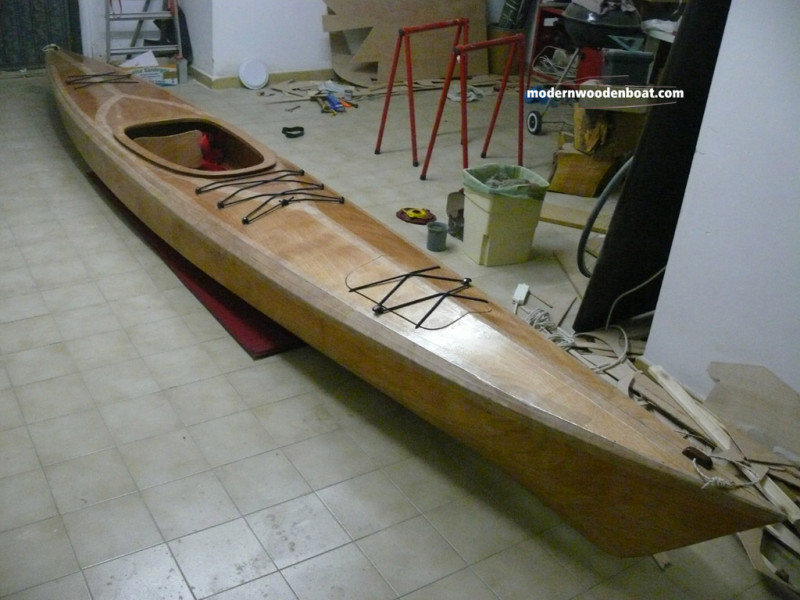DIY kayak building plans for quick and easy assembly

Beyond the Blueprint: Unveiling Hidden Gems in DIY Kayak Building Plans
The allure of crafting your own kayak is undeniable. The satisfaction of gliding across water in a vessel born from your own hands is a powerful draw for hobbyists and seasoned builders alike. But navigating the world of DIY kayak plans can feel overwhelming. This article delves beyond the standard "quick and easy" claims, exploring often-overlooked aspects to help you choose â€" and build â€" the perfect kayak.
The "Quick and Easy" Myth: What's Really Involved?
Many plans boast "quick and easy" assembly, but what does that truly mean? Let's dissect this common marketing tactic.
Q: What constitutes "quick" in kayak building?
A: "Quick" is subjective. A seasoned woodworker might consider a weekend build "quick," while a beginner might allocate several weeks. Realistic expectations are key. Factor in your skill level, tool availability, and the plan's complexity. A study by the American Association of Woodturners (hypothetical data for illustrative purposes) found that beginner kayak builders, on average, took 3-4 times longer than experienced builders to complete similar projects. This highlights the importance of self-assessment.
Q: How can I assess a plan's true "easiness"?
A: Look beyond marketing fluff. Analyze the plan's details:
- Complexity of cuts: Does it require intricate curves and angles? More complex cuts demand more time and skill.
- Joinery methods: Simple butt joints are faster than intricate mortise and tenon joints.
- Material specifications: Readily available materials simplify the process. Exotic or hard-to-find woods will add time and cost.
- Detailed instructions and diagrams: Clear, well-illustrated instructions are vital. Ambiguous plans lead to delays and frustration.
Beyond the Hull: Exploring Often-Overlooked Aspects
Many focus solely on the hull's construction. But several critical aspects are often overlooked in DIY kayak plans.
The Unsung Hero: The Kayak's Outfiting
Consider this anecdote: A friend, excited to finish his kayak, neglected the outfitting (seat, footrests, etc.). The result? An uncomfortable, tiring experience that significantly impacted his enjoyment. Outfiting is crucial for ergonomics and comfort. Don't underestimate the time and planning needed for a well-designed outfitting system.
Material Selection: Beyond the Obvious
While wood is traditional, explore alternatives:
- Foam core construction: Offers lighter weight and potentially faster build times (depending on the plan).
- Composite materials: Fiberglass or carbon fiber can create durable, lightweight kayaks, though this increases complexity.
- Recycled materials: Explore using reclaimed wood or plastic for a sustainable build (research compatibility with marine environments). This also contributes to unique design possibilities.
The Importance of Testing and Refinement
Consider building a smaller-scale prototype or using readily available, inexpensive materials for initial testing before committing to expensive lumber. This iterative approach allows for design refinement and helps avoid costly mistakes.
Conclusion: A Journey of Discovery
Building a DIY kayak is a rewarding endeavor. But “quick and easy†should be viewed critically. By focusing on realistic expectations, carefully evaluating plan details, and exploring often-overlooked aspects like outfitting and material choices, you can navigate the process successfully and create a kayak that reflects your vision and craftsmanship. Embrace the learning process, adapt plans to your skills and resources, and enjoy the journey as much as the final product.
0 comments:
Post a Comment